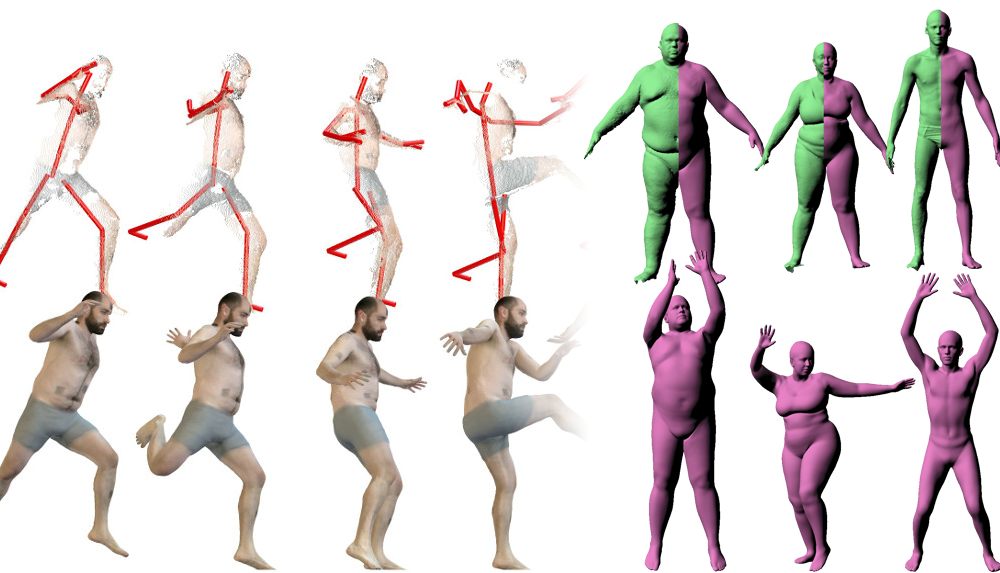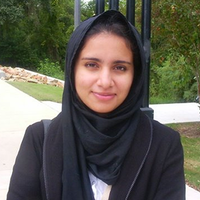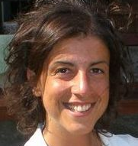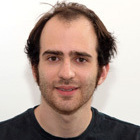Human Pose, Shape and Action
3D Pose from Images
2D Pose from Images
Beyond Motion Capture
Action and Behavior
Body Perception
Body Applications
Pose and Motion Priors
Clothing Models (2011-2015)
Reflectance Filtering
Learning on Manifolds
Markerless Animal Motion Capture
Multi-Camera Capture
2D Pose from Optical Flow
Body Perception
Neural Prosthetics and Decoding
Part-based Body Models
Intrinsic Depth
Lie Bodies
Layers, Time and Segmentation
Understanding Action Recognition (JHMDB)
Intrinsic Video
Intrinsic Images
Action Recognition with Tracking
Neural Control of Grasping
Flowing Puppets
Faces
Deformable Structures
Model-based Anthropometry
Modeling 3D Human Breathing
Optical flow in the LGN
FlowCap
Smooth Loops from Unconstrained Video
PCA Flow
Efficient and Scalable Inference
Motion Blur in Layers
Facade Segmentation
Smooth Metric Learning
Robust PCA
3D Recognition
Object Detection
Beyond Motion Capture

Accurately capturing human body shape and motion is important for many applications in computer vision and graphics. Traditional motion capture (mocap) focuses on extracting a skeleton from a sparse set of markers. Our work pushes the boundaries of motion capture to use new sensors and to extract richer information about body shape and human movement.
Traditional mocap uses a set of sparse markers placed on the body to estimate skeleton motion. These markers are typically places on parts of the body that move rigidly to try to minimize the effects of soft tissue motion. In this process nuanced information about surface motion is lost and animations using mocap often feel lifeless or eerie. MoSh (Motion and Shape capture) [] addresses this problem by directly estimating a 3D parametric body model from 3D markers. Given a standard marker set, MoSh simultaneously estimates the marker locations on the 3D model and recovers body shape and pose. By allowing body shape to vary over time, MoSh can also capture the non-rigid motion of soft tissue. From a small set of markers MoSh is able to recover a remarkably accurate 3D model of the body. The motions can then be retargetting to new characters, resulting in realistic, lifelike, animations.
In comparison with mocap, consumer RGB-D devices provide denser observations of the body, but these scans are incomplete (taken from a single view) and noisy. By using RGB-D sequences of bodies in motion, we can extract more detailed information about body shape and motion []. To do so, we introduce a multi-resolution body model and exploit time continuity of human motion and RGB appearance to estimate accurate body shape, pose and appearance. The approach can track arbitrary challenging motions, and extracts highly realistic 3D textured avatars with an accuracy rivaling high-cost laser scanners.
Members
Publications






